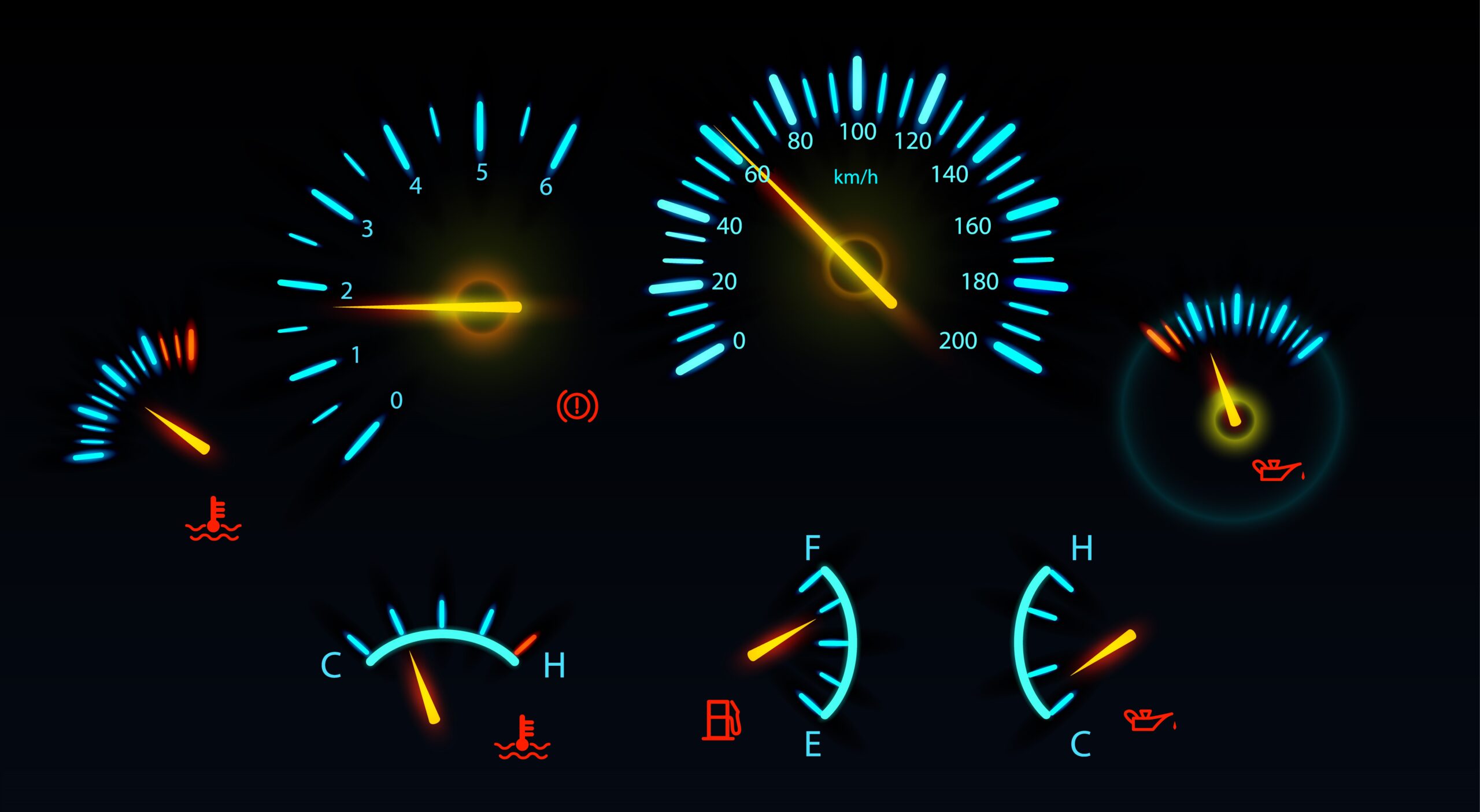The fuel injection system plays a crucial role in modern vehicles, delivering the precise amount of fuel to the engine for optimal combustion. It consists of various components such as fuel injectors, sensors, and the engine control unit (ECU). When there is a problem with the fuel injection system, the vehicle’s onboard diagnostics system may trigger a warning light on the dashboard. In this article, we will discuss the common problems that can cause fuel injection system warning lights to illuminate and the possible solutions to address these issues.
- Fuel Injector Issues: Fuel injectors are responsible for delivering fuel into the engine’s combustion chambers in a fine mist. Over time, they can become clogged or develop leaks, leading to uneven fuel distribution or insufficient fuel delivery. This can result in poor engine performance and trigger the fuel injection system warning light.
Solution: If fuel injectors are clogged, a professional cleaning service can help remove deposits and restore their functionality. In cases of severe clogging or leaks, the injectors may need to be replaced.
- Malfunctioning Mass Airflow Sensor (MAF): The MAF sensor measures the amount of air entering the engine, allowing the ECU to adjust the fuel injection accordingly. If the MAF sensor fails or provides inaccurate readings, it can disrupt the air/fuel mixture, leading to engine performance issues and triggering the warning light.
Solution: The MAF sensor can be cleaned using specialized MAF sensor cleaner. If cleaning doesn’t resolve the issue, the sensor may need to be replaced. Consult a professional mechanic for accurate diagnosis and replacement if necessary.
- Faulty Oxygen (O2) Sensor: The O2 sensor monitors the level of oxygen in the exhaust gases, helping the ECU adjust the fuel injection for optimal combustion. A malfunctioning O2 sensor can result in incorrect fuel mixture, decreased fuel efficiency, and engine performance problems.
Solution: If the O2 sensor is faulty, it should be replaced. Consult a professional mechanic to identify the specific sensor causing the issue and install a new one.
- Fuel Pressure Problems: The fuel injection system relies on proper fuel pressure for optimal performance. Issues such as a malfunctioning fuel pump, clogged fuel filter, or fuel pressure regulator failure can disrupt fuel delivery, causing engine performance issues and triggering the warning light.
Solution: Consult a professional mechanic to diagnose and resolve fuel pressure problems. This may involve replacing the fuel pump, cleaning or replacing the fuel filter, or repairing/replacing the fuel pressure regulator.
- ECU Malfunction: The ECU controls various functions of the fuel injection system based on input from sensors. If the ECU malfunctions or receives incorrect signals, it can affect fuel delivery and trigger the warning light.
Solution: If an ECU malfunction is suspected, a professional mechanic can use diagnostic tools to evaluate its functionality and reprogram or replace it if necessary.
- Loose or Damaged Fuel Cap: A loose or damaged fuel cap can cause fuel vapor leaks, affecting the fuel injection system’s performance and triggering the warning light.
Solution: Ensure the fuel cap is properly tightened after refueling. If the cap is damaged, it should be replaced with a new one.
- Other Possible Causes: There are additional potential causes of fuel injection system warning lights, such as wiring issues, vacuum leaks, or contaminated fuel. These problems should be diagnosed by a professional mechanic for accurate identification and resolution.
Fuel injection system warning lights indicate potential issues with the fuel injection components or system as a whole. Proper diagnosis by a qualified mechanic is crucial to identify the specific problem and implement the appropriate solution. Regular maintenance, such as cleaning fuel injectors and sensors, replacing faulty components, and following the recommended service intervals, can help prevent fuel injection system problems and ensure optimal engine performance.











